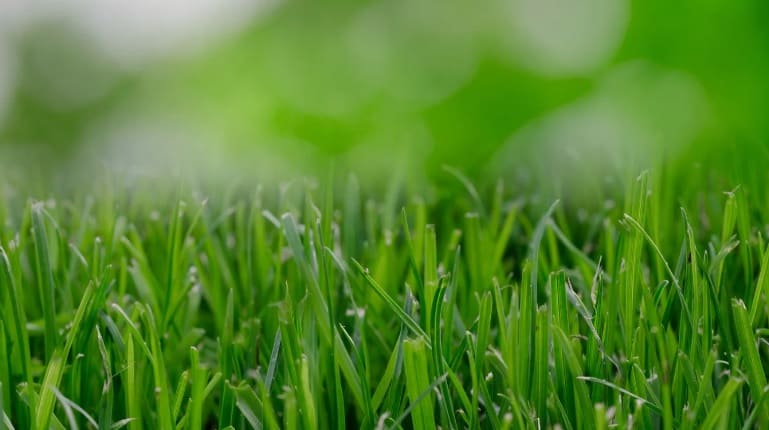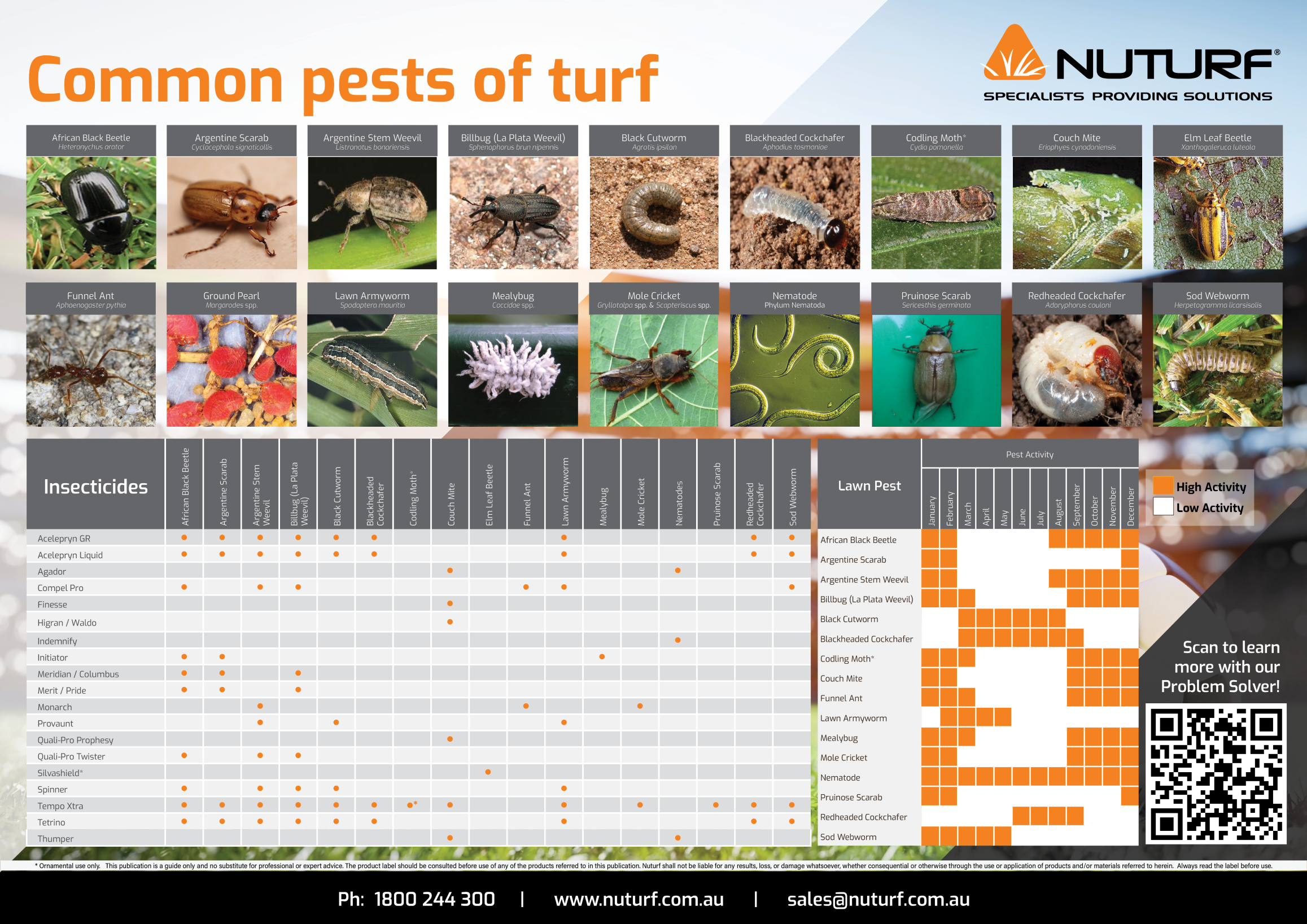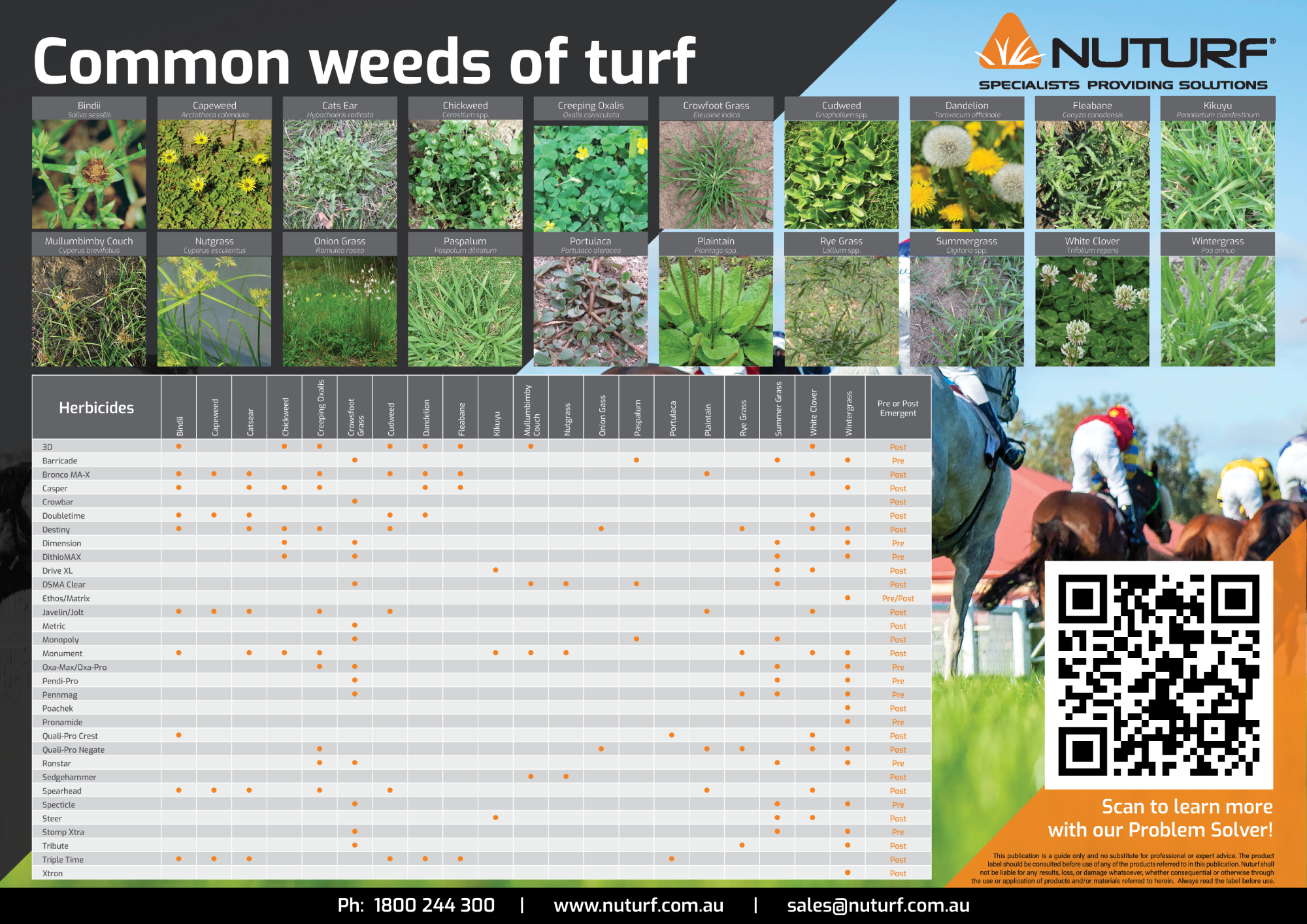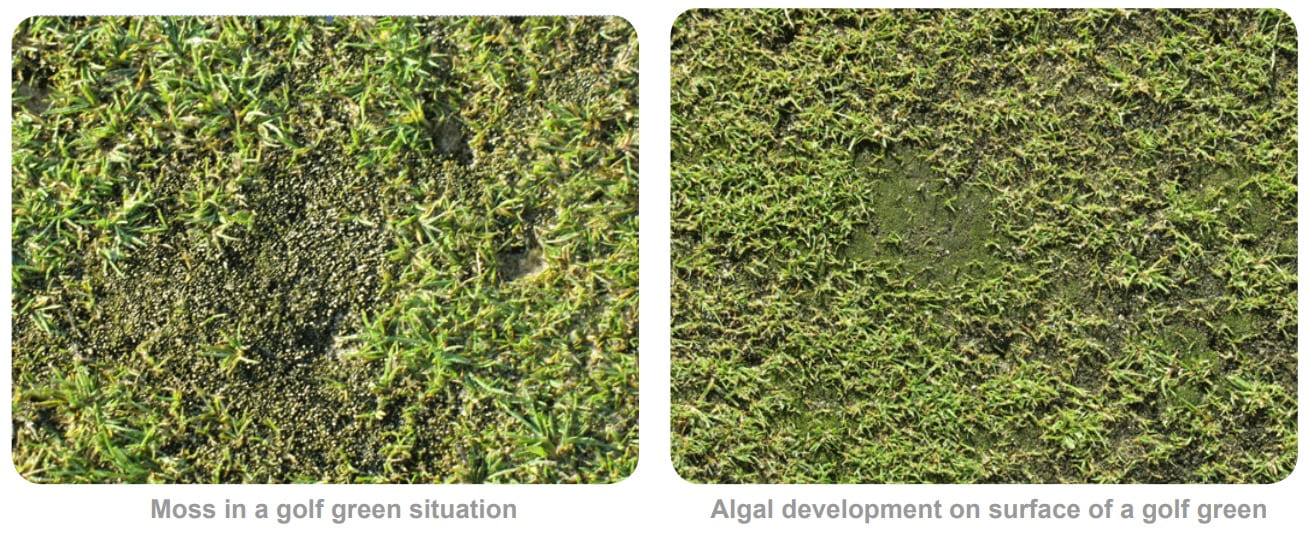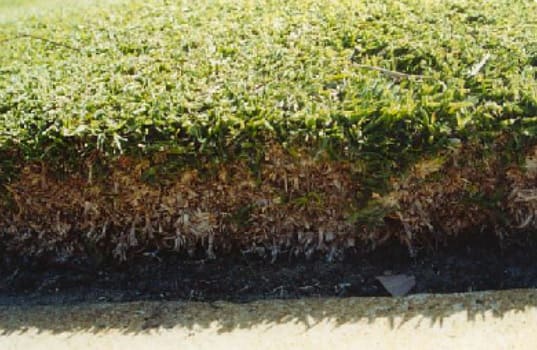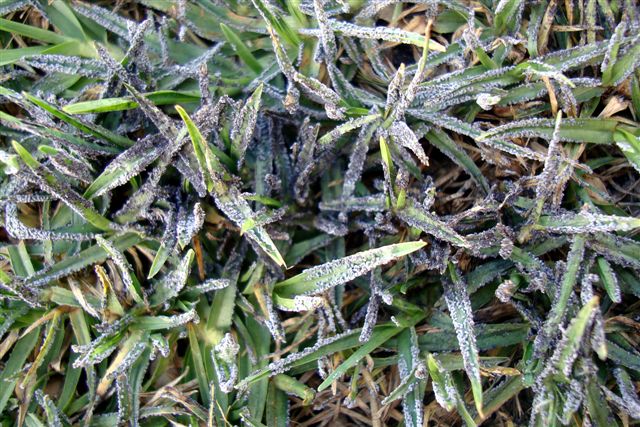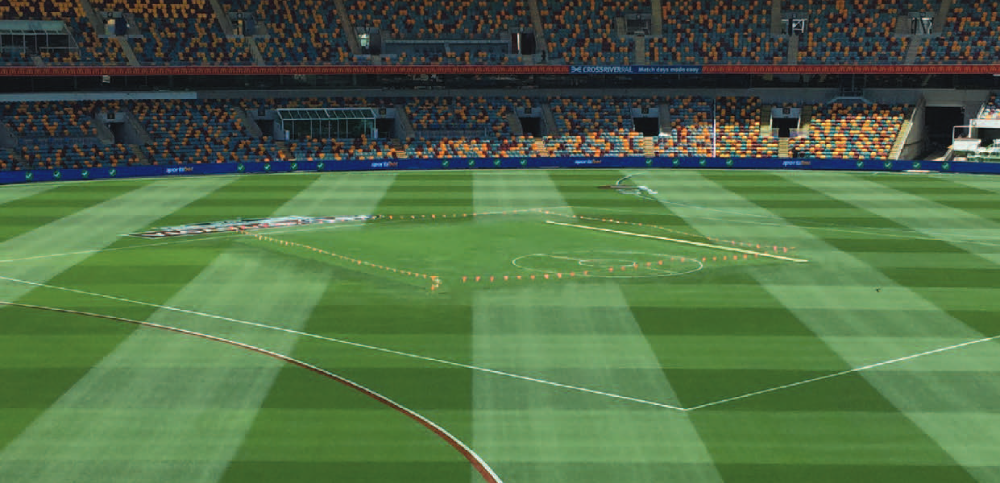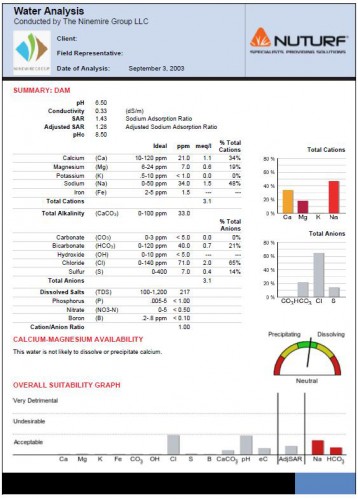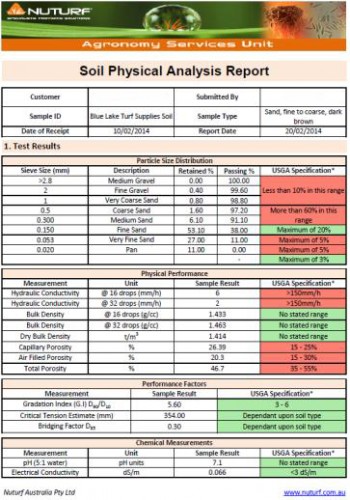Articles
Pest Identification & Solutions
I have a problem with ...
How Spray Surfactants Work and Why You Should Use Them
SOLUTIONS AVAILABLE: 0
Spray adjuvants and surfactants can significantly increase the effectiveness of your pesticide applications. Here is how they work and why greenkeepers should consider adding spray adjuvants and surfactants to their turf management toolkit.
Wetting Agents: The Importance of a Continuous Program
SOLUTIONS AVAILABLE: 0
Wetting agents are a type of soil surfactant geared towards better management of soil moisture. Soil moisture management may mean holding more moisture, moving more moisture, or striking the balance between both.
Why Silica Should Be Part Of Your Turf Management Program
SOLUTIONS AVAILABLE: 0
Silica has long been known to play many important roles in the physiology of rice, and the application of Si products has been proven to have a vast array of direct and indirect benefits on the physiology of the plant.
Why You Should Use Organic Amendments In Turf Management
SOLUTIONS AVAILABLE: 0
A wider understanding of the role and natural benefits of organic matter (OM) in the soil medium has lead to the increased use of organic products as a source of long-term nutrient supply and an indicator of soil fertility.
Autumn Fertility of Warm Season Turfgrasses
SOLUTIONS AVAILABLE: 0
Few other times of the year are more crucial than the last few weeks of autumn. Having survived the dry heat of summer and the humidity of early autumn, many turf surfaces will often be in their worst shape at this time of year.
How Soil Wetting Agents Work and Why You Should Use Them
SOLUTIONS AVAILABLE: 0
In Australia, the unpredictability and extreme nature of our climate often requires the use of soil wetting agents in order to present turfgrass surfaces of an acceptable standard.
Downloadable Guide: Common Pests of Turf
SOLUTIONS AVAILABLE: 0
A downloadable chart of some of the most common pests found in turf. A handy guide for any Australian turf manager.
Downloadable Guide: Common Weeds of Turf
SOLUTIONS AVAILABLE: 0
A downloadable chart of some of the most common weeds found in turf. A handy guide for any Australian turf manager.
Fungicides: What Do The Mobility Types Mean?
SOLUTIONS AVAILABLE: 0
Understanding the mode of action and activity groupings of fungicides can help you choose the right products for curative treatments and preventative programs.
Understanding Soil Constraints in Turf Management
SOLUTIONS AVAILABLE: 0
Achieving healthy soil and turf requires a focus on the combination of biological processes, chemical interactions, and physical characteristics. These three factors depend on each other to work effectively, and any imbalances can eventually lead to the challenges we face daily such as disease, nutritional deficiencies, and poor drainage.
How to Control Algae and Moss in Turf Management
SOLUTIONS AVAILABLE: 0
The most appropriate method for algae and moss control is by improving turf growing conditions, so that excess moisture is limited. This can be undertaken in most circumstances by improving the drainage capacity of the soil. Increasing air movement and improving irrigation scheduling can also help in the reduction of algae and moss incidence.
Managing Thatch: How Thatch Can Affect Disease Development
SOLUTIONS AVAILABLE: 0
Thatch plays an important role in turf where it protects turfgrass crowns and leaves from the shearing action of foot traffic. 1.3cm of thatch depth is considered appropriate where protection of turf from wear is concerned on greens (Couch: 2000).



